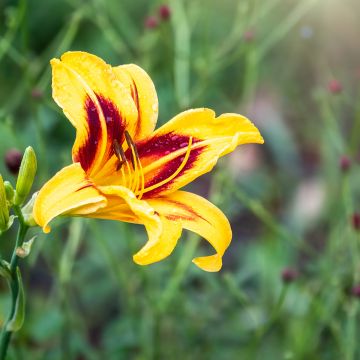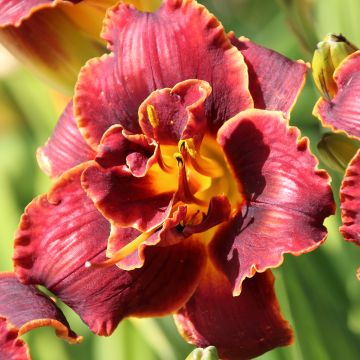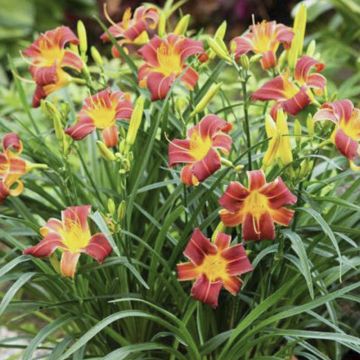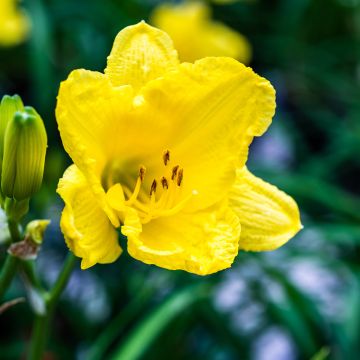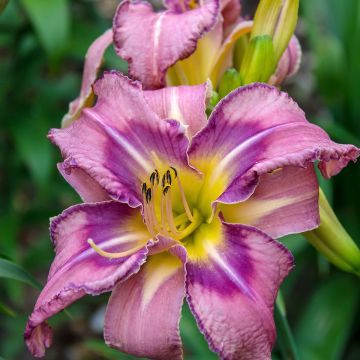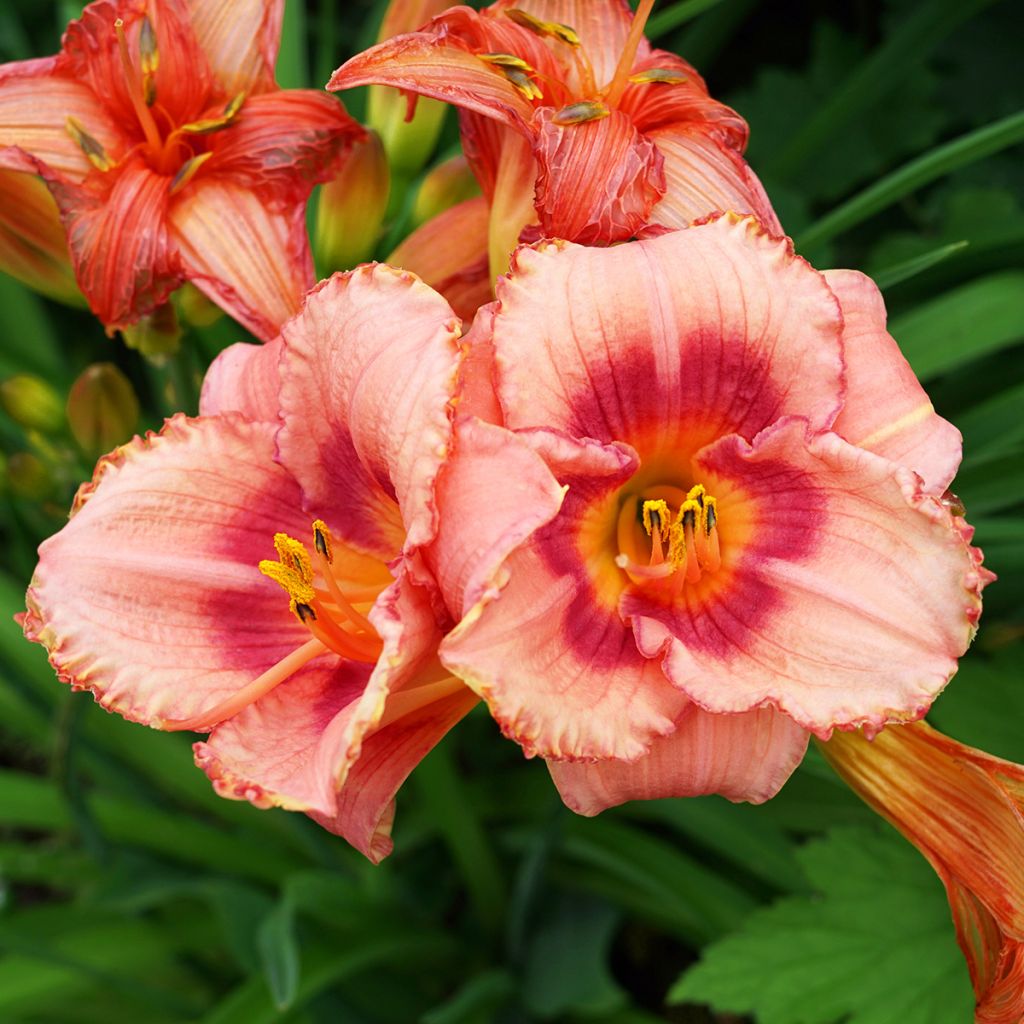

Hemerocallis Rosy Returns - Daylily


Hemerocallis Rosy Returns - Daylily
Hemerocallis Rosy Returns - Daylily
Hemerocallis Rosy Returns
Daylily
Planted this autumn, one first flower, and several buds (6)! Very happy.
Anne-Marie, 20/08/2025
Special offer!
Receive a €20 voucher for any order over €90 (excluding delivery costs, credit notes, and plastic-free options)!
1- Add your favorite plants to your cart.
2- Once you have reached €90, confirm your order (you can even choose the delivery date!).
3- As soon as your order is shipped, you will receive an email containing your voucher code, valid for 3 months (90 days).
Your voucher is unique and can only be used once, for any order with a minimum value of €20, excluding delivery costs.
Can be combined with other current offers, non-divisible and non-refundable.
Home or relay delivery (depending on size and destination)
Schedule delivery date,
and select date in basket
This plant carries a 12 months recovery warranty
More information
We guarantee the quality of our plants for a full growing cycle, and will replace at our expense any plant that fails to recover under normal climatic and planting conditions.

Would this plant suit my garden?
Set up your Plantfit profile →
Description
Daylily or Hemerocallis Rosy Returns is one of the few pink varieties that is both very hardy and intensely perpetual, even in cold climates. From June until very late in the season, it offers beautifully scented flowers, in a soft old pink colour, tinted with cream on the edges and marked with a deep pink central halo surrounding a bright yellow throat. Its modest size, abundant flowering and very compact habit make it a sensational variety for adorning terraces or highlighting borders. An exceptional perennial plant, that is nonetheless easy to grow in fertile soil that is not too dry in summer.
The Hemerocallis genus belongs to the Liliaceae family. These are perennial and hardy plants with deciduous foliage, sometimes semi-evergreen. The 'Rosy Returns' variety, obtained in 1999, continues its "career" as an exceptional cultivar. It grows quickly, in a fairly dense clump that will reach 40-45 cm (16-18 in) in height, with a relative spread of 50 cm (20 in); daylilies tend to spread a bit when they like the soil. Its flowering is rather early and of an exceptional duration. The flowers measure about 8-10 cm (3-4 in) in diameter and are large in relation to the size of the plant. Every detail of this flower is perfect, down to its discreet and delicately floral scent. Its petals are thick and slightly wavy, undulating on the edges, giving it a slightly tousled and very soft appearance. The satiny substance of the floral parts reflects the light beautifully. Each flower lasts no more than a day, but flowering is continuous over a beautiful period between June and July. The stems are robust and carry up to 10 flower buds. The linear and deciduous foliage disappears quite early. Daylilies are plants with short rhizomes and fleshy roots that tolerate dry soils, but are more opulent and floriferous in moist soil.
Very easy to grow, these plants succeed equally well in shade or in the sun. Some of them can be a bit invasive, so do not hesitate to divide the clumps every four or five years, preferably in autumn, after flowering. The daylily is often called "the perfect perennial plant", because of its vibrant colours and its ability to tolerate any type of environment, but also because of its lack of modesty: it is beautifully exuberant and goes well with other perennials. Plant them in generous clumps at the back of your flower beds. All summer bulb flowers can be planted alongside daylilies. 'Rosy Returns' will fit perfectly into the setting of a romantic garden, with campanulas, penstemons, perennial flaxes or phloxes by its side. It will be stunning on a balcony or terrace. Large pots of at least 30 cm (12 in) deep should be used. The flowers are edible: they brighten up salads and garnish desserts.
Report an error about the product description
Hemerocallis Rosy Returns - Daylily in pictures
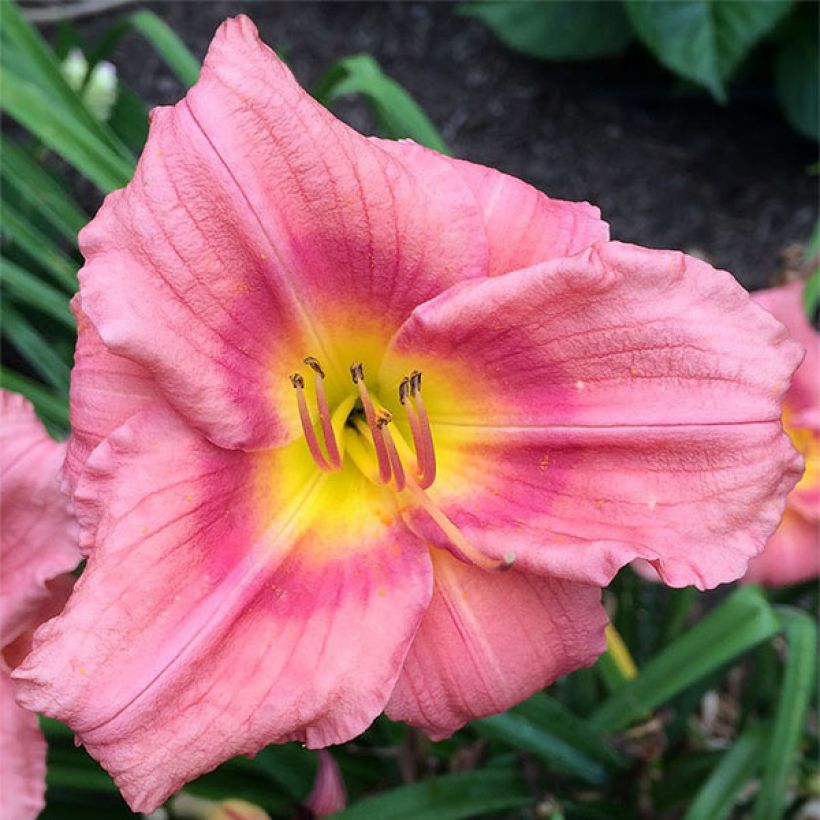

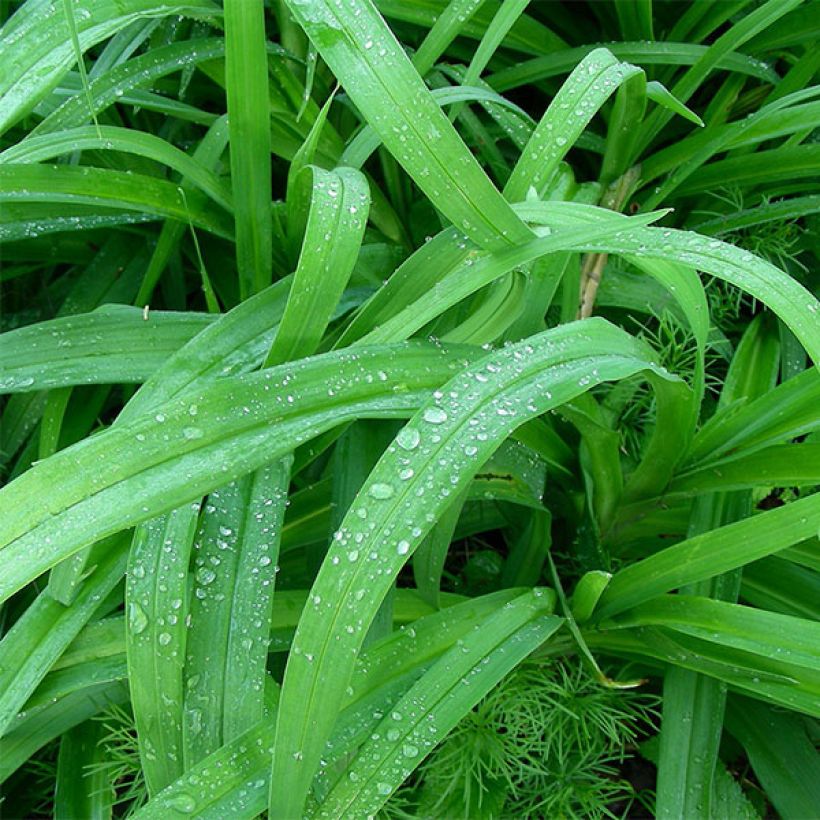



Flowering
Foliage
Plant habit
Botanical data
Hemerocallis
Rosy Returns
Hemerocallidaceae
Daylily
Cultivar or hybrid
Other Hemerocallis - Daylilies
View all →Planting and care
Plant your Hemerocallis 'Rosy Returns' in good garden soil that is not too clayey and that is enriched with humus and compost. In these conditions, your perennial will have good tolerance to summer droughts and will not suffer from winter frosts. Very easy to grow, this variety is not susceptible to parasites or diseases, and so it is not necessary to treat them. Rodents are not interested in them either. Daylilies thrive equally well in partial shade and in full sun, with 4 to 5 hours of daily sunlight being sufficient. Plant them by burying the collar 3 to 4 cm (1 to 2 in) below the surface. Do not plant them too closely to each other if you intend to plant several, as the gaps will quickly fill up. For a few weeks after planting, it is good to keep the soil fairly moist. It is best to divide the clumps in autumn after flowering.
Planting period
Intended location
Care
-
, onOrder confirmed
Reply from on Promesse de fleurs
Haven't found what you were looking for?
Hardiness is the lowest winter temperature a plant can endure without suffering serious damage or even dying. However, hardiness is affected by location (a sheltered area, such as a patio), protection (winter cover) and soil type (hardiness is improved by well-drained soil).

Photo Sharing Terms & Conditions
In order to encourage gardeners to interact and share their experiences, Promesse de fleurs offers various media enabling content to be uploaded onto its Site - in particular via the ‘Photo sharing’ module.
The User agrees to refrain from:
- Posting any content that is illegal, prejudicial, insulting, racist, inciteful to hatred, revisionist, contrary to public decency, that infringes on privacy or on the privacy rights of third parties, in particular the publicity rights of persons and goods, intellectual property rights, or the right to privacy.
- Submitting content on behalf of a third party;
- Impersonate the identity of a third party and/or publish any personal information about a third party;
In general, the User undertakes to refrain from any unethical behaviour.
All Content (in particular text, comments, files, images, photos, videos, creative works, etc.), which may be subject to property or intellectual property rights, image or other private rights, shall remain the property of the User, subject to the limited rights granted by the terms of the licence granted by Promesse de fleurs as stated below. Users are at liberty to publish or not to publish such Content on the Site, notably via the ‘Photo Sharing’ facility, and accept that this Content shall be made public and freely accessible, notably on the Internet.
Users further acknowledge, undertake to have ,and guarantee that they hold all necessary rights and permissions to publish such material on the Site, in particular with regard to the legislation in force pertaining to any privacy, property, intellectual property, image, or contractual rights, or rights of any other nature. By publishing such Content on the Site, Users acknowledge accepting full liability as publishers of the Content within the meaning of the law, and grant Promesse de fleurs, free of charge, an inclusive, worldwide licence for the said Content for the entire duration of its publication, including all reproduction, representation, up/downloading, displaying, performing, transmission, and storage rights.
Users also grant permission for their name to be linked to the Content and accept that this link may not always be made available.
By engaging in posting material, Users consent to their Content becoming automatically accessible on the Internet, in particular on other sites and/or blogs and/or web pages of the Promesse de fleurs site, including in particular social pages and the Promesse de fleurs catalogue.
Users may secure the removal of entrusted content free of charge by issuing a simple request via our contact form.
The flowering period indicated on our website applies to countries and regions located in USDA zone 8 (France, the United Kingdom, Ireland, the Netherlands, etc.)
It will vary according to where you live:
- In zones 9 to 10 (Italy, Spain, Greece, etc.), flowering will occur about 2 to 4 weeks earlier.
- In zones 6 to 7 (Germany, Poland, Slovenia, and lower mountainous regions), flowering will be delayed by 2 to 3 weeks.
- In zone 5 (Central Europe, Scandinavia), blooming will be delayed by 3 to 5 weeks.
In temperate climates, pruning of spring-flowering shrubs (forsythia, spireas, etc.) should be done just after flowering.
Pruning of summer-flowering shrubs (Indian Lilac, Perovskia, etc.) can be done in winter or spring.
In cold regions as well as with frost-sensitive plants, avoid pruning too early when severe frosts may still occur.
The planting period indicated on our website applies to countries and regions located in USDA zone 8 (France, United Kingdom, Ireland, Netherlands).
It will vary according to where you live:
- In Mediterranean zones (Marseille, Madrid, Milan, etc.), autumn and winter are the best planting periods.
- In continental zones (Strasbourg, Munich, Vienna, etc.), delay planting by 2 to 3 weeks in spring and bring it forward by 2 to 4 weeks in autumn.
- In mountainous regions (the Alps, Pyrenees, Carpathians, etc.), it is best to plant in late spring (May-June) or late summer (August-September).
The harvesting period indicated on our website applies to countries and regions in USDA zone 8 (France, England, Ireland, the Netherlands).
In colder areas (Scandinavia, Poland, Austria...) fruit and vegetable harvests are likely to be delayed by 3-4 weeks.
In warmer areas (Italy, Spain, Greece, etc.), harvesting will probably take place earlier, depending on weather conditions.
The sowing periods indicated on our website apply to countries and regions within USDA Zone 8 (France, UK, Ireland, Netherlands).
In colder areas (Scandinavia, Poland, Austria...), delay any outdoor sowing by 3-4 weeks, or sow under glass.
In warmer climes (Italy, Spain, Greece, etc.), bring outdoor sowing forward by a few weeks.































